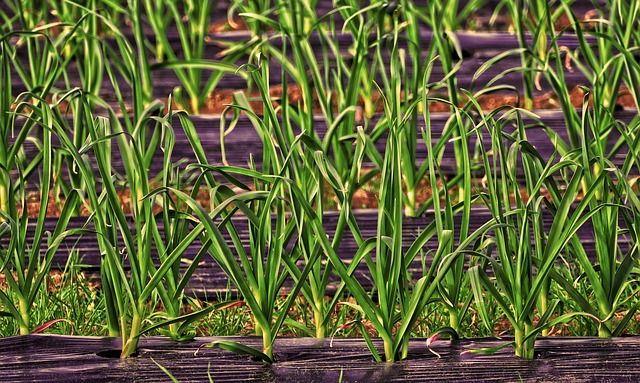When it comes to maintaining your lawn, many aspects need to be looked at. Depending on the type of grass you have in your yard, some tasks may take more time or care than others. Ornamental grass is a popular choice for people looking to add flair and color to their landscape, but it can often require more maintenance than other types of grasses.
Here are seven pro-tips on how to maintain your ornamental grass!
Mow the Lawn Regularly
Please do not cut the grass too short, as this will cause it to be brown and dry out. Be sure to use a sharp blade on your mower, since dull blades can damage the lawn’s roots and culms. Mow when there is no more than an inch of growth. For ornamental grasses that grow in clumps or bunches, such as fountain grass or pampas grass, you have to learn how to control Crabgrass, including trimming any dead blades and individual clumps. Mowing too often can be as damaging to your lawn’s health and appearance as mowing every once in a while.
Be sure that you’re not over-mowing, or the grass will retain more moisture and grow less quickly than it would if you mowed only when necessary.
Apply Fertilizer Once a Month in Late Winter and Early Spring
In late winter and early spring, apply fertilizer to the lawn once a month. This will keep it healthy and make for greener growth in warmer weather when using your garden more often. To feed ornamental grass specifically, use high nitrogen fertilizers that contain no less than 15% urea or ammonium nitrate – these types of fertilizers are most effective for promoting flower growth.
To avoid over-fertilizing your lawn, only spread the fertilizer for about two inches and water thoroughly afterward. Be sure to apply it evenly across the grass to prevent feeding one-yard area more than another. If leaves on ornamental grasses turn yellow and begin to fall off, it may be because the plant is suffering from a lack of fertilizer. If this does happen, fertilize as soon as possible – a slow-release type of fertilizer will work better than an instant-release variety.
Keep your Lawn Well-Watered During Periods of Drought or Hot Weather
In periods of drought or hot weather, it’s essential to keep your lawn well-watered. This will help avoid dry patches and brown spots on the grass. If you live in an area with access to a reliable water source year-round, be sure to use it – even though ornamental grasses are often adapted for arid environments, they don’t like being too dry.
If you have a sprinkler system on your property, be sure to run it periodically during the summer months (or when there’s no rain in sight) – this will keep moisture levels high and help cool things down for plants that are sensitive to heat or lack of water.
Add Mulch to Help with Water Retention and Reduce Weed Growth
You can help water retention and reduce weed growth by adding mulch to your ornamental grass lawn. This is particularly important in dry climates or during periods of drought since the ground will usually be more arid than usual – this means that moisture loss from evaporation will also be higher than usual.
Mulching helps with both of these issues. The moisture in the ground is less likely to evaporate because of the mulch, and weeds will have a more challenging time growing through it since its depth should keep their seedlings from reaching the surface soil.
Mulching can be done at any point throughout the year, but fall or winter are usually the best times for applying mulches to ornamental grass lawns.
Trim any Dead Grass Blades At Least Twice a Year
It would be best if you trimmed dead grass blades twice a year. In the late winter or early spring, use your lawnmower to trim any dead blades visible above ground level and cut them off at least an inch from the base of the plant. This will help give new growth plenty of space to grow without getting smothered by old blades.
In late summer or early fall, trim any visible dead blades and cut them off at least two inches from the base of the plant. This will make autumn cleanup easier because you won’t have to wait for leaves on ornamental grasses to dry out before cutting them up with a leaf blower.
Use an Aerator to Remove Plugs of Soil Near the Roots
Aerating your ornamental grass lawn will help to remove plugs of soil near the roots. This is a good practice because it helps promote root growth, which encourages new and healthier blades as those roots reach out to find water.
To do this job right, you’ll need an aerator that’s designed for use in high-traffic areas. These tools typically have a steel tine that spins at high speed to get the job done quickly and thoroughly.

In conclusion, there are several practices that you should use to maintain your ornamental grass lawn. These include using the correct type of fertilizer, watering it during periods of drought or heat, adding mulch, and trimming old blades twice a year. You can also use an aerator to remove plugs of soil near the roots if need be.



Comments are closed.